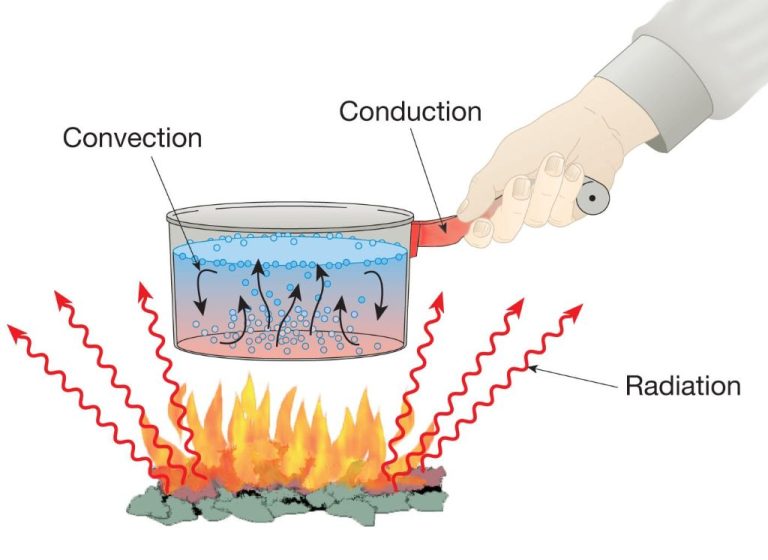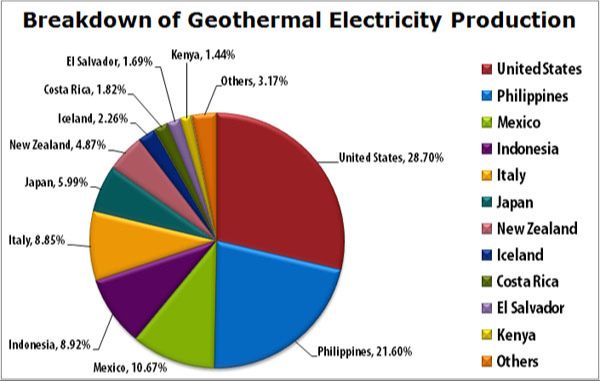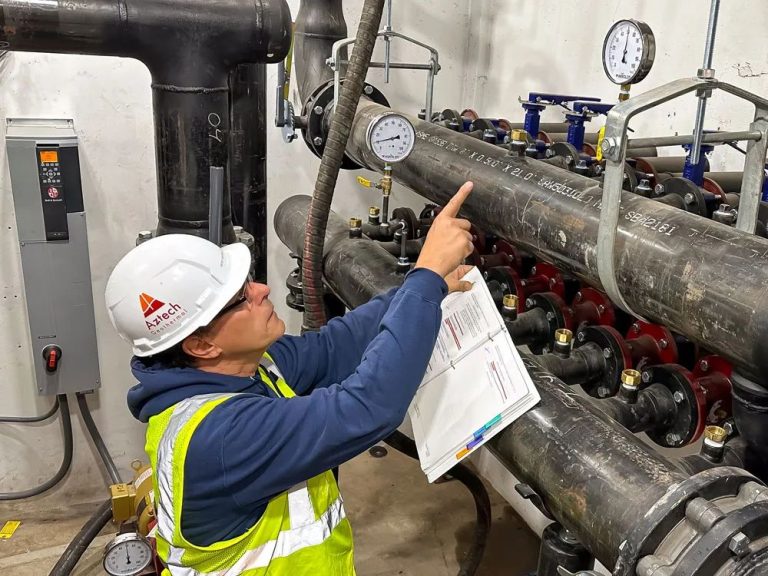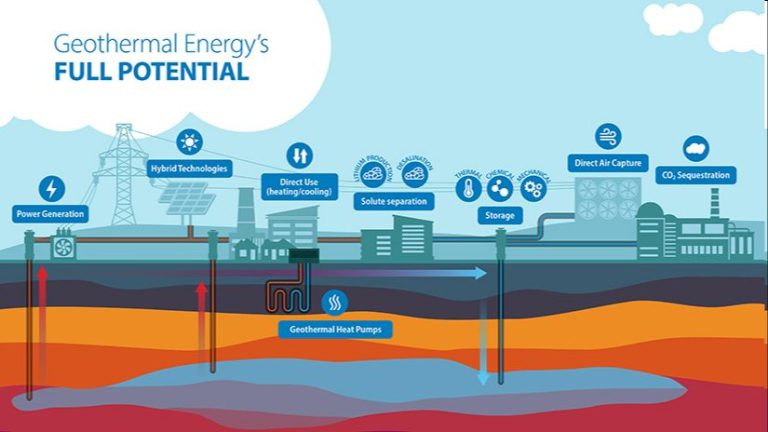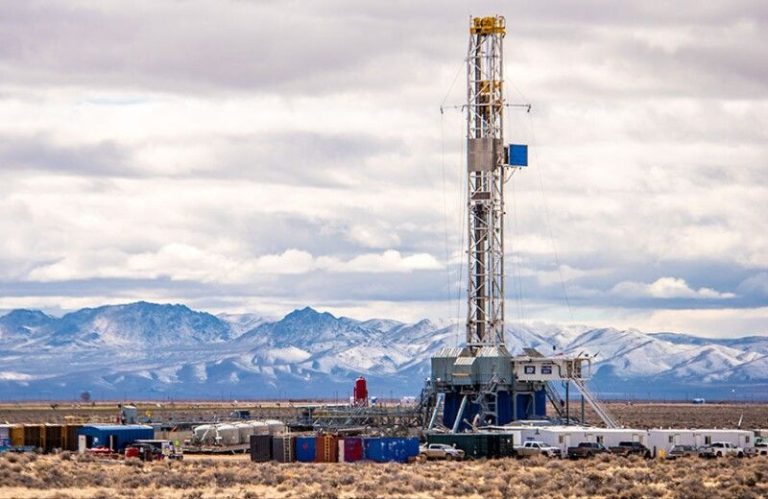Why Geothermal Energy Cannot Be Used Everywhere?
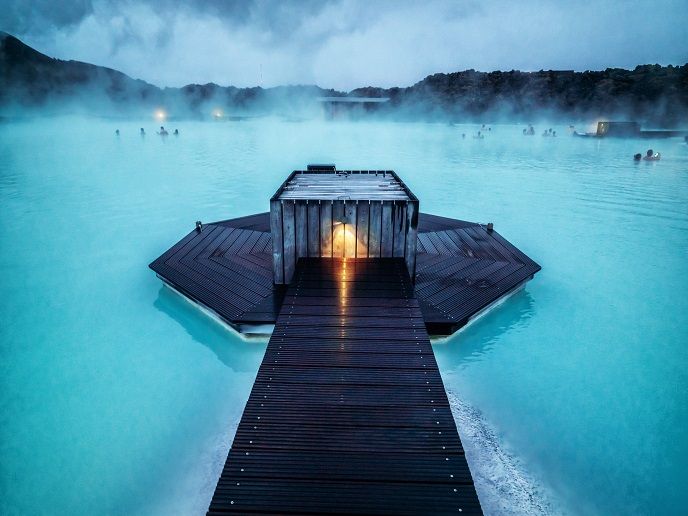
Geothermal energy is a renewable energy source that utilizes the natural heat from the Earth’s core to generate electricity and provide heating and cooling. While geothermal energy offers several advantages, such as being constantly available and producing minimal emissions, it does have limitations on where it can be practically utilized. Geothermal power generation requires specific geological conditions in order to effectively access the Earth’s subsurface heat. As a result, geothermal energy cannot be harnessed everywhere.
Geology Requirements
Geothermal energy relies on heat from the earth’s core, which can only be harnessed in areas with specific geological conditions. The high temperatures required for geothermal power plants are usually found along tectonic plate boundaries where magma comes close to the surface. Fractured crystalline rock reservoirs with subsurface water allow the steam and hot water to circulate and transport heat toward the surface. Geothermal resources form where “permeability and fluid contents are adequate and temperatures are sufficiently high” (Schill, 2016). This combination of geological factors is found in certain locations like western North America, Iceland, Philippines, and Indonesia.
Areas with thin crust and active or geologically young volcanoes have higher temperature gradients and geothermal potential. Certain hot spots like the western United States, Iceland, and the Philippines are situated along plate boundaries ideal for geothermal systems. For example, Iceland lies where the Mid-Atlantic Ridge emerges above sea level, allowing magma to rise closer to the surface. The hot spot effect and active volcanism create ideal conditions for geothermal power (Jolie, 2021). In contrast, areas with thick crust or stable continental interiors lack the combination of geologic factors for easy accessibility to high temperature geothermal resources.
Heat Source Accessibility
Geothermal power plants require access to underground reservoirs of steam or hot water to generate electricity (1). These geothermal reservoirs are typically found along tectonic plate boundaries where volcanic activity brings heat closer to the surface. The Geysers in northern California is an example of a geothermal reservoir used for power generation (2).
Drilling wells 1-2 miles deep gives geothermal plants access to underground steam or hot water that is brought to the surface. The higher temperature of the geothermal reservoir compared to surface temperatures allows heat to be converted into electricity at geothermal power plants (1). Without accessible underground heat sources like geothermal reservoirs, geothermal plants cannot operate.
However, potential geothermal sites are limited globally, as only certain locations have geologic conditions favorable for formation of underground geothermal reservoirs. This limits where geothermal plants can be built to locations with accessible heat sources underground.
Sources:
(1) https://www.energy.gov/eere/geothermal/geothermal-basics
(2) https://www.eia.gov/energyexplained/geothermal/
Cost of Drilling
One of the biggest hurdles for utilizing geothermal energy is the high upfront cost of drilling and installing geothermal systems. According to a 2022 study by the National Renewable Energy Lab, “Drilling costs are a significant portion of total geothermal development costs.” [1] To reach underground heat sources, extensive drilling is often required. For a middle-range well depth of 2.5 miles, the drilling cost alone can be around $5 million. For deeper wells of 6.2 miles, the cost goes even higher.
An analysis by Yadkin Well Drilling notes that total installation costs for a residential geothermal system can range from $18,000 on the low end up to $45,000. [2] This is significantly higher than the installation costs of other heating and cooling systems like heat pumps or furnaces. The drilling portion alone can account for around 30-60% of the total geothermal system installation cost.
While geothermal energy can provide great long-term savings through lower energy bills, the steep initial investment required is prohibitive for many homeowners and businesses. Innovations to lower drilling and installation costs would be needed to make geothermal energy affordable and accessible to more people.
Water Availability
Water availability is one of the key factors that determines whether or not geothermal energy is viable in a particular location. Geothermal power plants require large amounts of water for cooling and condensing the steam that runs the turbines after it has passed through and extracted heat from the geothermal fluid. As explained by this source from the U.S. Department of Energy, traditional geothermal systems require between 1,700 and 4,000 gallons of water per MWh for cooling.
If an ample supply of water is not readily available from rivers, lakes or aquifers near the planned power plant, the costs of pumping in or shipping in water from elsewhere may make the project prohibitively expensive. Areas that are prone to drought or water shortages are not ideal locations for geothermal power for this reason. The large water requirements for geothermal limit its viability to relatively wet areas.
Locations with Potential
Geothermal power generation requires specific geological conditions in order to be viable. Areas with high geothermal energy potential typically have volcanic activity and geothermal reservoirs relatively close to the surface. Some examples of locations with suitable geology for geothermal energy include:
Iceland – Iceland is located on the Mid-Atlantic Ridge, where the North American and Eurasian tectonic plates meet. This location provides Iceland with abundant geothermal resources, and geothermal supplies about 28% of Iceland’s primary energy usage. Major geothermal fields in Iceland include Reykjanes and Krafla [1].
Indonesia – Indonesia has around 40 active volcanoes due to its location along the Pacific Ring of Fire. With over 13 GWe of installed geothermal capacity, Indonesia ranks second globally in geothermal power generation. Key geothermal areas include sites on the islands of Java, Sumatra, and Sulawesi [2].
New Zealand – Situated along the Australia-Pacific tectonic plate boundary, New Zealand has abundant geothermal resources, especially in the Taupo Volcanic Zone. Around 17% of New Zealand’s electricity comes from geothermal sources. Major geothermal fields include Rotokawa, Ngatamariki, and Kawerau [3].
Locations without Potential
Certain geological conditions are necessary for geothermal energy to be a viable resource. Areas without sufficient heat, permeability, or fluid in the subsurface generally lack geothermal potential.
For example, the Canadian Shield, which covers much of Canada, Greenland, and Scandinavia, is composed of ancient igneous and metamorphic rocks. These rocks have low permeability, making it difficult for water to circulate through cracks and pores to access heat. This region has little geothermal potential as a result [1].
The Baltic Shield underlying countries like Finland and Sweden faces similar challenges. The ancient Precambrian rocks have been metamorphosed and deformed over billions of years, reducing their permeability. Areas covered by shields and other impermeable igneous/metamorphic basement rocks generally lack the natural plumbing needed for geothermal [1].
Sedimentary basins like the Great Plains in central North America also have marginal geothermal resources. Their subsurface temperatures are too low and geothermal gradients insufficient for electricity generation. The relatively flat-lying sedimentary rocks inhibit water circulation as well [2].
Recent Technological Advances
While conventional geothermal energy is limited by geology, new technologies like Enhanced Geothermal Systems (EGS) are expanding the possibilities of geothermal energy. EGS works by pumping water into hot, dry underground rocks to create new permeable reservoirs, allowing geothermal plants to be built in locations without natural reservoirs.
As described on the Department of Energy website, EGS holds the potential to provide geothermal energy to over 65 million American homes and businesses. By expanding geothermal capabilities to regions without natural hydrothermal resources, EGS significantly increases the geographic potential for geothermal power.
EGS takes advantage of technical advances like directional drilling to create artificial geothermal reservoirs almost anywhere. While EGS systems are still in development, they demonstrate the potential for technological innovations to greatly expand geothermal energy beyond conventional geologic limitations.
Other Renewable Alternatives
While geothermal energy has geographical limitations, other renewable energy sources like solar and wind are viable alternatives across wider areas. Solar power harnesses energy from the sun through photovoltaic panels and can work in most places that receive sunlight. Wind power utilizes wind turbines to generate electricity and can be implemented in windy areas on land or off shore. These clean energy sources do not require underground heat access like geothermal, so they can be installed in many more locations.
Solar and wind already provide significant amounts of electricity globally. At the end of 2020, installed solar capacity was over 760 gigawatts, and wind capacity exceeded 740 gigawatts. Their flexible placement options allow solar and wind farms to be sited in optimal spots with abundant resources. With solar panels on rooftops or wind turbines dotting plains, solar and wind energy can be generated wherever the sun shines or the wind blows.
Conclusion
In summary, geothermal energy has immense potential as a renewable energy source, but it also has limitations on where it can be utilized. The key requirements of heat accessibility, appropriate geology, and sufficient water supply means geothermal plants can realistically only be built in certain locations.
Regions along tectonic plate boundaries, volcanic hotspots, and other areas with naturally high underground temperatures are the best candidates for geothermal energy production. Places like Iceland, the western United States, East Africa, and Indonesia have proven ideal for major geothermal facilities.
Unfortunately, geothermal is not a viable option in many other parts of the world lacking the right geological conditions. The combination of heat, subsurface fluids, and permeable rock necessary for geothermal power is not present everywhere. The costs of drilling and generating electricity also rise substantially in areas without naturally high heat flow.
While technological progress may allow for some expansion of geothermal in the future, realistically it will remain limited to geologically active regions. For most locations, other renewables like solar, wind, and hydropower will continue to be better options than geothermal.

